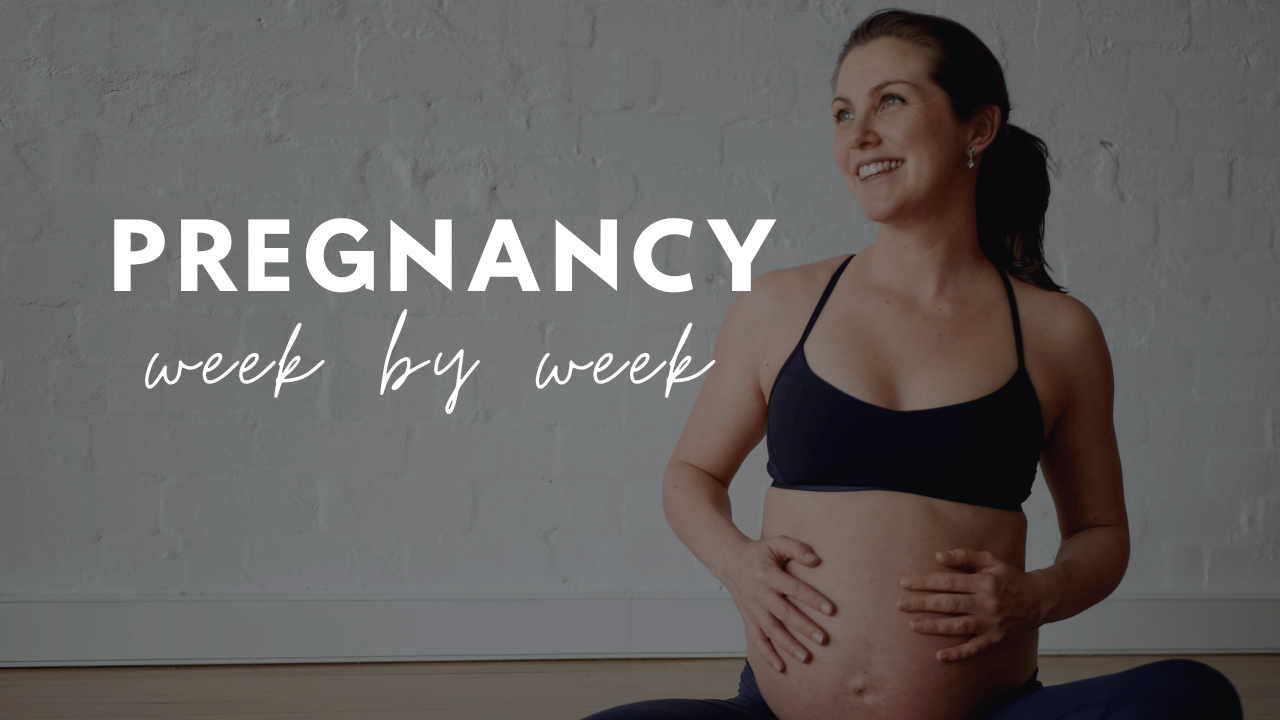Diastasis Recti Pregnancy: What You NEED to Know
May 31, 2025Diastasis Recti Pregnancy
DRAM or abdominal separation, is a common occurrence during pregnancy. Fixing DRAM cannot be done by some magic exercise. No exercises will cure or stop your abdominal separation completely.
But the right ones can assist in reducing the severity of abdominal separation and improve the healing process.
1. What is Diastasis Recti?
Diastasis means separation and Recti refers to your ab muscles called the rectus abdominis which are the outermost abdominal muscles. Diastasis Recti is a separation of the abdominal muscles.
2. What Causes Diastasis Recti While Pregnant?
The belly button is a weak spot in the connective tissue and continuous pressure, stretching, or intra-abdominal force placed on this weak spot of the connective tissue can cause the muscles to separate. (Abdominal wall)
3. What is the Transverse Abdominal Muscle?
The transverse abdominal muscle is also known as;
1. The transverse abdominis
2. Transversalis muscle
3. Transversus abdominis muscle.
It is a muscle layer of the anterior and lateral (front and side) abdominal wall which is deep to (layered below) the internal oblique muscle.
4. Symptoms of Diastasis Recti during Pregnancy
1. Lower back pain
2. Poor posture
3. Constipation
4. Feeling of core weakness
5. Bloating
6. Belly bulge or doming of your tummy
5. What Makes Abdominal Separation Worse?
1. Exercises like crunches, planking.
2. Extreme weight gain.
3. Backbends
4. Certain activities and sports.
5. Constipation and straining on the toilet
6. Sit-up type motions (getting out of bed)
7. Heavy lifting
8. Crunches or planks
Exercises to Avoid if You Have Diastasis Recti
6. Things to avoid
1. Carrying heavy loads.
2. Holding your baby on one hip.
3. Any strenuous exercises.
4. Coughing.
7. Are there Diastasis Recti Complications?
When you have diastasis recti it can disrupt the transfer of pressure through the abdominal canister and result in issues such as incontinence, low back pain, or prolapse.
1. Back pain
2. Pelvic pain
3. Damage to your posture.
4. Hernia in extreme cases.
8. Can You Prevent Abdominal Separation?
Despite what some so-called experts claim, you can't prevent it. I had it to minimal degree. In fact, all pregnant women will have some degree of abdominal separation by the end of their pregnancy.
What you can do is help minimize your risk factors so that your separation is not wider than necessary. This involves avoiding the risk factors as listed above.
9. What Can I Do to Fix Abdominal Separation?
My online program has a strong emphasis on doing your pelvic floor exercises by including them in your weekly fitness plan.
I want you to strengthen your pelvic floor and deep abdominals (transversus abdominus).
I want you to walk tall and straight by focusing on 'good posture.' Avoid any excessive sway in the lower back and avoid pushing your hips forward.
10. Do Belly Binding Garments Help Diastasis Recti Pain during Pregnancy?
Yes, they can help. They work by supporting the abdomen and can reduce pressure on the midline. Remember, a belly band is only a temporary fix!
11. Can a Diastasis Recti Belly Band Prevent Abdominal Separation?
No, they will not prevent a DRAM but what they can do is to help to minimize the separation. Belly bands are just want part of the solution and end goal of healing DRAM.
Therefore, you can wear a belly band along with doing your exercises and ensuring you have correct posture. Oh, and avoid the risk factors!
12. Does Wearing Compression Make a Prolapse Worse?
Yes, it can but this is a conversation to have with your physio before jumping to any conclusions. A belly band can slightly increase intra-abdominal pressure as it compresses the abdomen.
The problem arises for some women that have prolapse as this may make you more symptomatic.
13. When is Diastasis Recti Considered Abnormal?
If your diastasis recti is wider than '2 fingers' then this is considered abnormal. The important note here is that it is not just the width of the linea alba that is of concern. It is also the depth as well as how the core muscles are functioning under load.
16. What is Linea Alba Separation in Pregnancy?
The linea alba is the connective tissue that connects the rectus abdominus muscles into the mid-line of the tummy. Once this is stretched it can cause a bulging or doming appearance of your tummy.
17. Does DRAM Get Worse with Each Successive Pregnancy?
Good question. The answer is not necessarily as it will often depend on how well you recover in between each of your pregnancies. This includes how much you close the gap and how strong and functional your core is.
18. Should you work on your separation during pregnancy?
What you do now when pregnant will have a significant impact on how well you recover after childbirth.
So yes, I want you to include the right (and safe) core exercises into your weekly prenatal fitness routine. This will all help you to recover better after birth!
19. Can Diastasis Recti affect pregnancy?
You may feel like you have a lower back ache. While you don't feel the actual separation, you do feel the resulting lumbar pain as a result of having weakened abs.
20. Diastasis Recti Doming
Abdominal doming is when your rectus abdominis muscle becomes dominant over your other abdominal muscles. Doming can be a physical sign of abdominal separation and dysfunction.
Doming is a manifestation of poor management of intra-abdominal pressure during exertion. While it often occurs with DR, it is not the same thing.
Takeaway
If you think you have abdominal separation, then you should book in a visit with your local women's health physiotherapist or physical therapist for an assessment.
They can also provide you with personal guidance and a management plan to ensure you prevent worsening during pregnancy.





